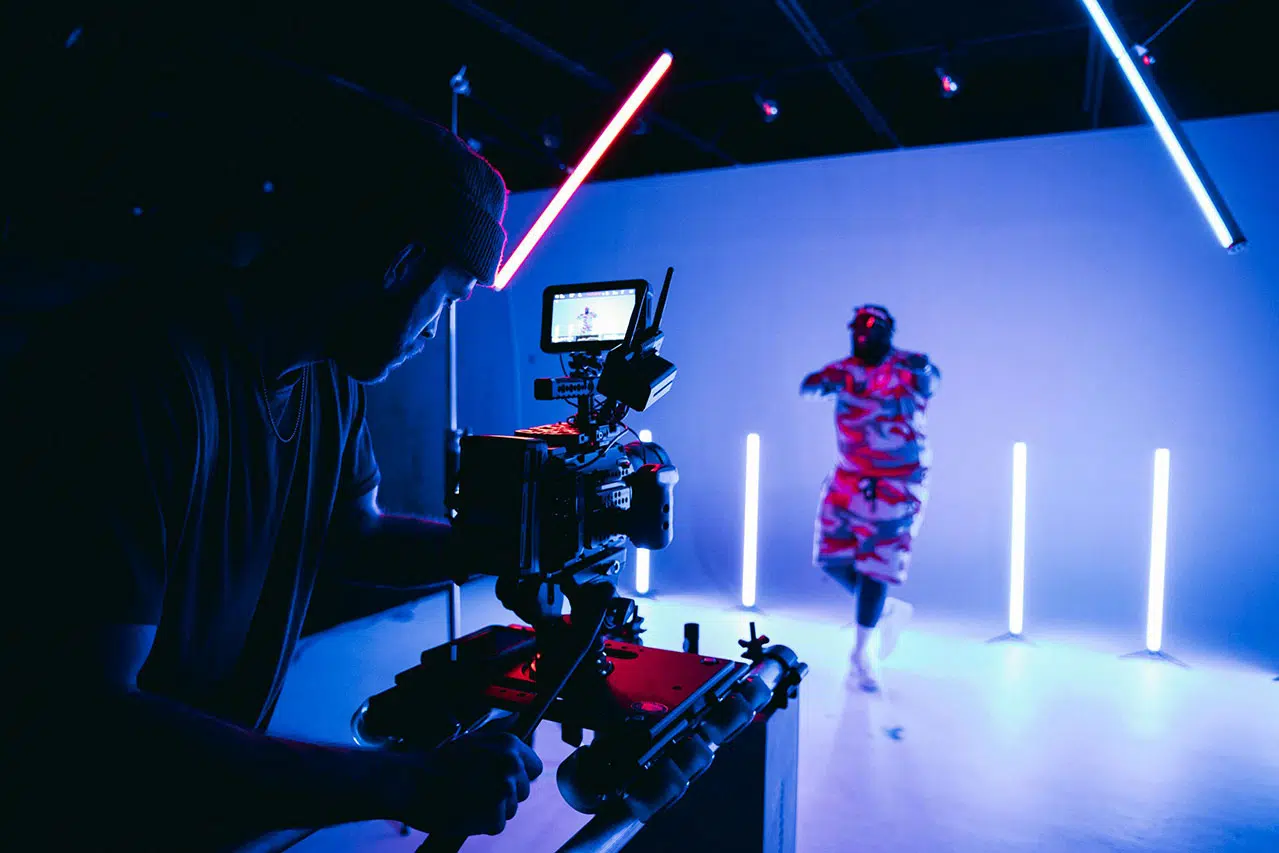Love that dreamy, old-school Super 8 film look? With this Super 8 movie recipe for Fujifilm cameras, you can get surprisingly close—no editing needed. The settings give you soft colors, low contrast, and a faded, vintage feel that looks like it came straight from the ‘70s.
It’s perfect for street shots, warm portraits, or anything you want to feel like a memory. If your camera supports Eterna, you can use this for both photo and video—an easy go-to for that nostalgic vibe. Feel free to explore more movie recipes from our library.
Super 8 was a home movie format released by Kodak in 1965. It became a favorite in the ‘70s and ‘80s, especially for casual filmmakers. The look is warm, low in saturation, and soft all around. Shadows lift, highlights roll off, and grain gives it character.
Even now, people love how it feels—like flipping through old family footage, even if it’s not yours.
This recipe works best on Fujifilm X-Trans IV cameras like the X-T4, X-E4, X-S10, or X100V. You’ll also get similar results on older models and newer X-Trans V cameras like the X-T5 or X100VI, as long as they have the Eterna / Cinema film simulation.
If you’re shooting video with Eterna / Cinema, this Super 8 recipe for video works beautifully. Keep the settings the same, but you can tweak a few things:
Avoid super high contrast scenes in harsh sunlight—it might look too washed out.
This Super 8 movie recipe shines in golden hour, cloudy days, or shaded areas. It softens hard light and gives shadows a gentle roll-off. It’s especially good for:
Avoid super high contrast scenes in harsh sunlight—it might look too washed out.
The Super 8 vintage video recipe gives your Fujifilm camera a timeless, cinematic vibe. Whether you’re shooting family moments or a creative video project, it adds a nostalgic touch that’s hard to fake in post. Try it for a few days—you might end up using it more than you expect.
You can also tweak it slightly for different moods. Shift the white balance for cooler tones, or raise the shadows more if you’re shooting in direct sun. Either way, it’s a fun throwback that makes digital feel analog again.
If you’re not sure how to save your settings, check out our guide on how to program movie custom settings to get started.
Note: The Fujifilm film simulation recipes shared on this website are based on personal experience and experimentation. These settings are designed to mimic the look of various film stocks but are not exact replications. Film characteristics vary based on factors such as lighting, lens choice, and camera model. Results may differ depending on individual shooting conditions and preferences. Use these recipes as a creative starting point and adjust them to suit your style. This content is not affiliated with or endorsed by Fujifilm or Kodak. Some links on this page may be affiliate links, which help support the site at no extra cost to you.
Fancy the CineStill teal color tone for low light? You should check out the Cira 800 Film recipe for the X-Trans IV Fujifilm camera. If you have the X-Trans IV sensor and the Eterna film simulation,...

Curated Camera Gear & Vinyl Records